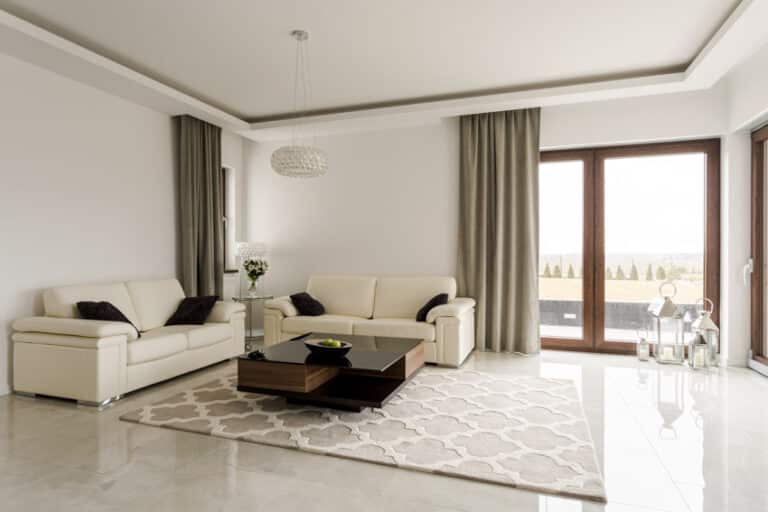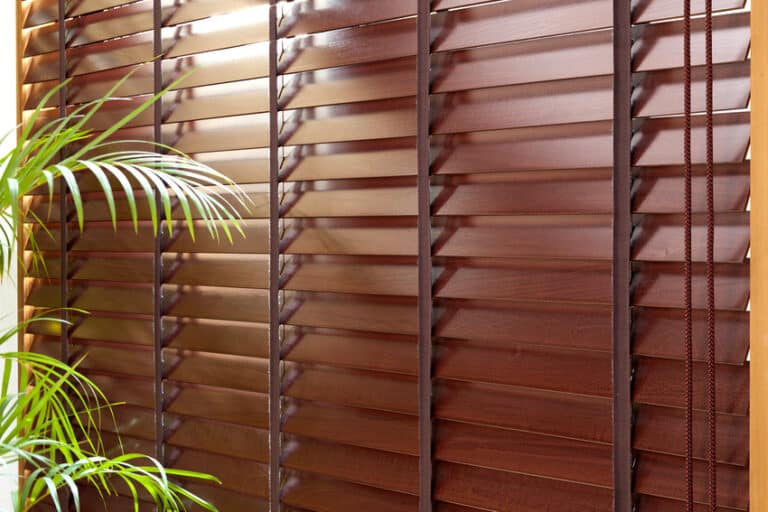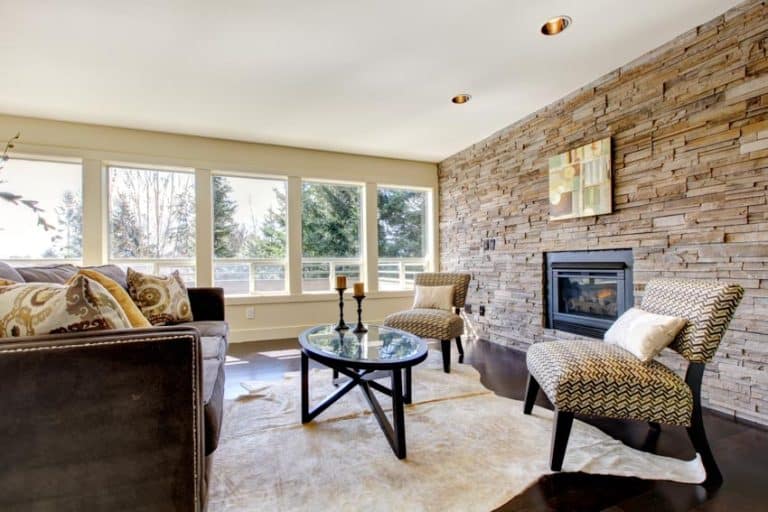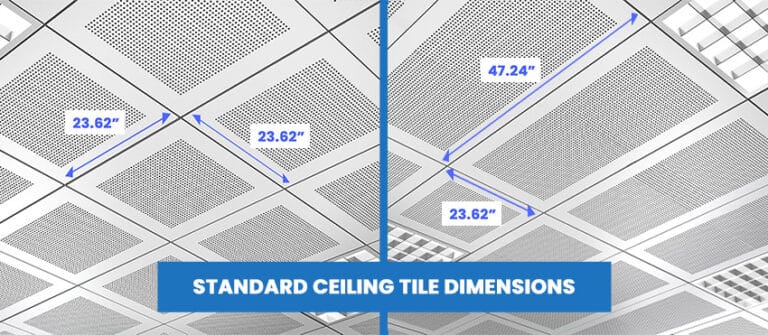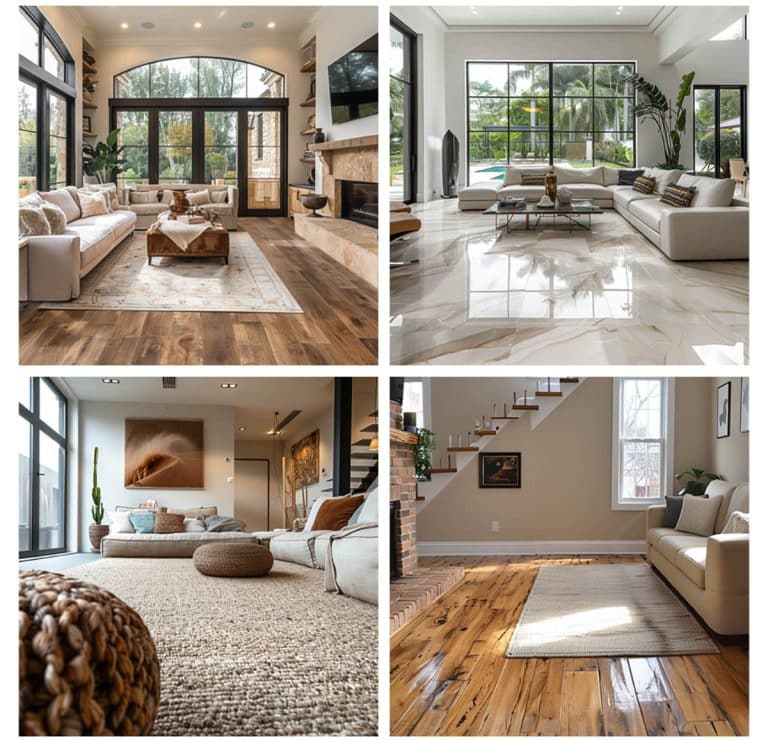Window Seat Dimensions (Standard Bench Sizes)
Get ideas for window seat dimensions, including built-in, bay windows, reading nooks, and how to choose a portable bench underneath.
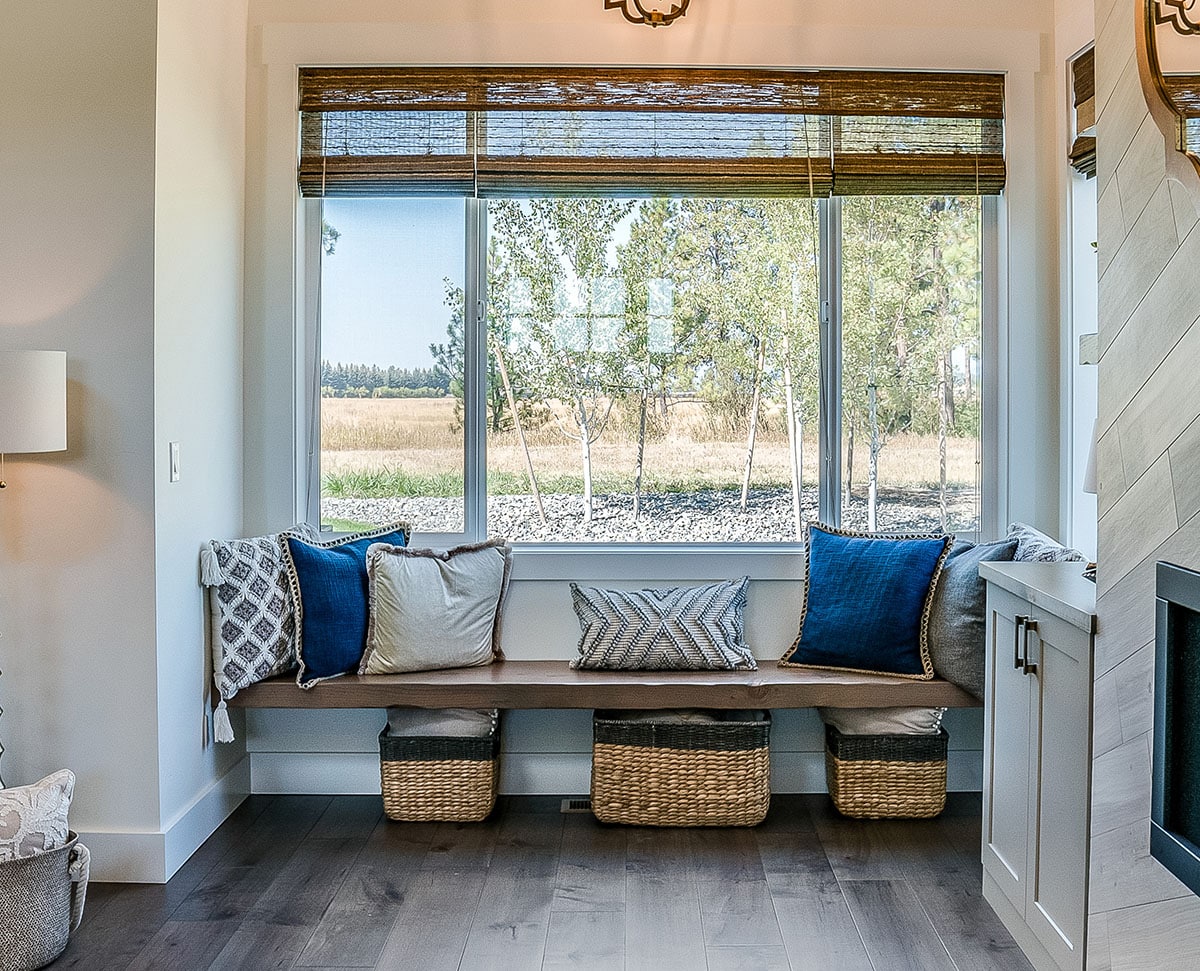
Nothing can be more relaxing than enjoying a glass of your favorite drink and gazing at a scenic beach or an equally stunning garden. Homeowners can do that with a thoughtfully designed window seat. This fixture frees you from pulling a chair, which might not offer the best vantage of the picturesque scenery.
However, building the best furnishing requires knowing window seat dimensions. And although portable versions are available, the bench’s size parameters still matter. After all, everyone wants to relax while enjoying the view. And if this furniture can also improve your home’s resale value, you’ll want to be serious about getting its dimensions right.
Built In Window Seating Sizes
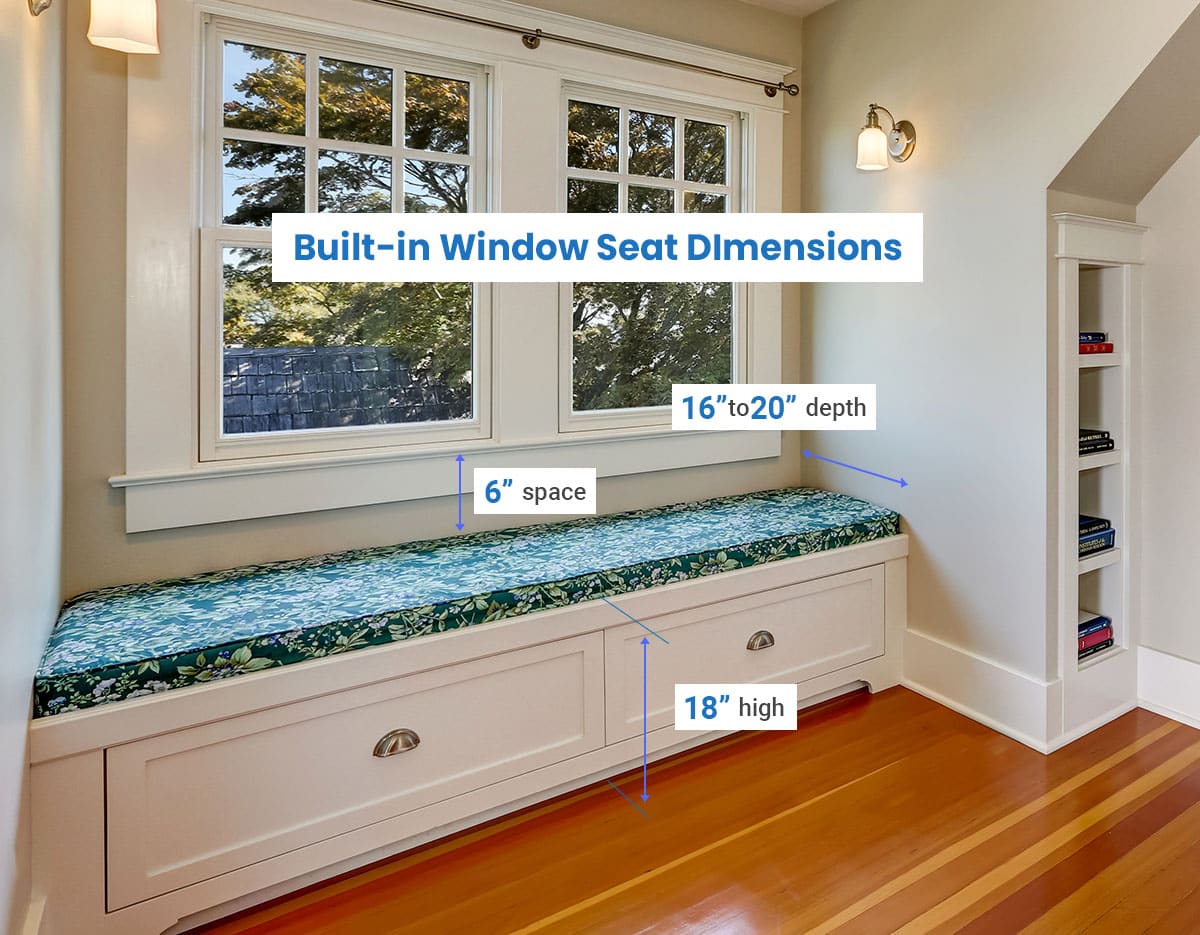
Window seats are excellent relaxation fixtures and viewing platforms for families and individuals to enjoy the stunning scenery from the living room. It can also be a permanent furnishing in the bedroom, kitchen, bathroom, and anywhere around the house with a sizable window and a view.
It’s worth pointing out that built-in window seats don’t have a definite size owing to architectural style variations and homeowner preferences. For example, some windowpane bottoms are higher from the floor than others, requiring a slightly elevated bench. Meanwhile, a low-level opening requires an appropriately sized seat.
Still, homeowners and DIYers can consider the following.
Seat Depth
Window seat depth defines its front-to-back measurement, approximating the user’s lower body-upper leg length. You will want your buttocks to rest squarely on the bench’s rearmost section while allowing you to dangle your legs or plant your feet firmly on the floor.
Most carpenters and seasoned DIYers recommend a bench depth of 16 to 20 inches (about 41 to 51 centimeters). This measurement is sufficient to support an individual’s buttocks and thighs. Kids can even play on the bench, provided mommy or daddy supervises.
Unfortunately, some homes are small, and occupying 16 to 20 inches can limit other furnishings. A 12-inch (about 31 centimeters) bench depth is acceptable but not ideal.
On the other hand, homes with plenty of space should seek to expand the window bench depth to not over 39 inches (less than a meter). This fixture can be a makeshift bed for noontime naps or playing a board game with loved ones while enjoying the view.
Comfortable Sitting Height
A window bench’s sitting height isn’t different from similar furnishings. Users will want a secure and stable foothold when planting their feet on the floor. Of course, some long-legged folks might find the standard height too low for optimum comfort. Hence, customizing a viewing seat requires averaging the leg lengths of everyone in the household.
The “ideal” window seat height is 18 inches (about 46 centimeters) from the floor to the chair’s top. The measurement includes any cushion. Hence, if one uses a 4-inch-thick foam (about 10 inches) on the bench, the seat must only be 14 inches (about 35.5 centimeters).
However, homeowners must also consider the window’s bottom edge relative to the bench’s top surface. The distance between these two points must be at least 6 inches (about 15 centimeters). Otherwise, you risk the user falling through and out the opening if they accidentally rest their backs against an unlocked window.
Bay Window Bench Seat Dimensions
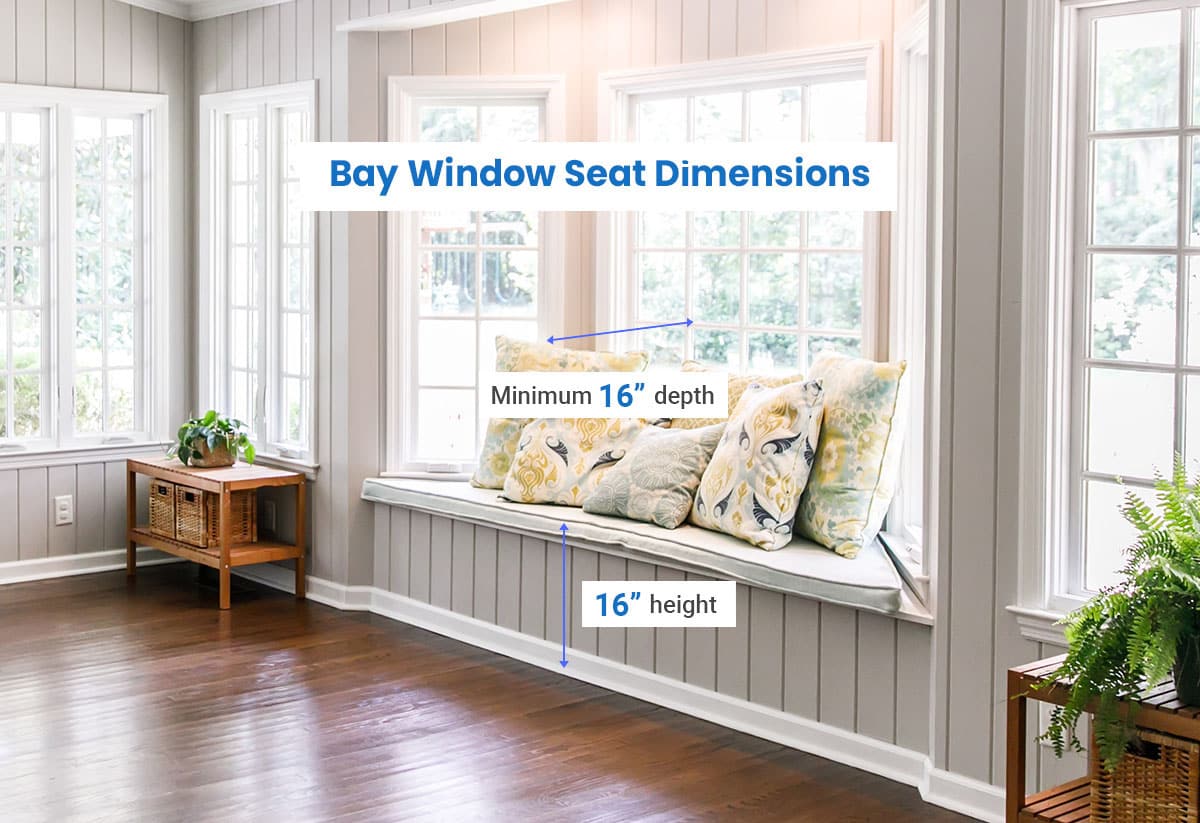
Some homes have bay windows – architectural designs that jut or bulge outward from the walls. These places are excellent for adding viewing or relaxing benches, such as bay window seats. You could spend the whole day dozing off, with the gentle beach breeze brushing against your face and enjoying the natural light.
Such furnishings require a window-to-seat surface height of at least 6 inches or 15 centimeters. This measurement safeguards the user (or sleeper) against accidental falls through the opening.
Ideally, the furniture’s depth should align with the wall, with the minimum at 16 inches or 41 centimeters. However, you can always expand. The bench’s top surface should not be lower than 16 inches to ensure a stable and secure foothold, although most folks raise their bay window seats to 18 inches or 46 centimeters.
The bench’s length (side-to-side measurement) should follow the bay window’s contours, creating a variable-length seat. Carpenters recommend a minimum of 32 inches (about 81 centimeters), although you can adjust depending on the bay window’s dimensions.
Reading Nook Size
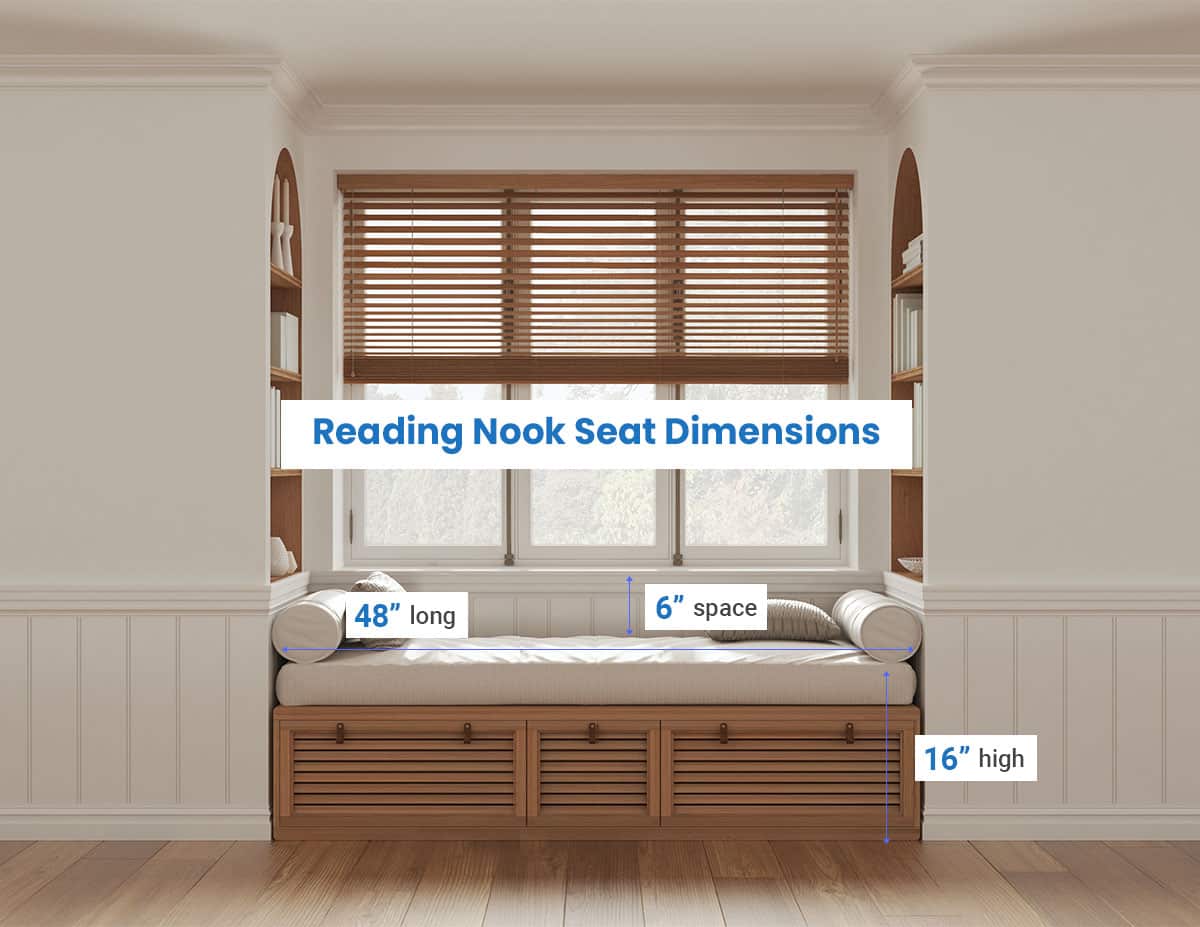
A 48-inch-long bench should be comfortable as a reading nook, allowing readers to stretch their legs and prop their backs against throw pillows on one side. A 16″ height is a good level to fit beneath most window sills and still provides plenty of room for cushioning and a person to sit comfortably.
However, some folks prefer their benches a bit higher than a conventional window seat, elevating it to about 19 inches (48 centimeters). A 4-inch-thick cushion accommodates the buttocks, preventing the bench’s hard surface from exerting too much pressure on the backside.
Like other home fixtures, reading nooks don’t come in standard sizes. Whatever works for you and provides adequate back support and cozy cushioning should be splendid.
Bay windows make excellent reading nooks. You have a stunning view of the sea, lake, or any relaxing scenery to take your eyes off the reading material and give them a much-needed rest. Dozing off after a good read should be easy.
How to Choose a Portable Bench for the Window

Loveseats, sofas, and other movable sitting furnishings make excellent benches for under windows. Your choice reflects personal preferences and existing interior details.
For instance, modular furnishings with drawers and cabinets can create a solid bench base. You can customize these fixtures to blend or complement existing décor. Add a comfortable cushion, throw small pillows into the mix, and have a portable bench.
If you have a built-in window seat, experts recommend matching the portable unit with complementary colors. It should not detract from your home’s aesthetics. Price remains a factor in choosing a mobile window bench.
Determine the Seating Storage Measurements
If you want a bench with more functionality, you may want to utilize the space inside for additional storage.
In this case, you will need the seat’s dimensions to determine how much storage space your bench can hold. Here is a breakdown of the measurements required.
Width: Side-to-side length of the seat parallel to the windowpane.
Depth: From the front of the seat to the back wall.
Height: Height of the bench from the bottom of the floor to below the cushion.
Once you have the measurements you may need to determine the amount of cubic feet. This helps determine the number of items like shoes or books that will fit inside.
The formula to determine the volume of cubic feet is: (Volume = Width×Depth×Height)
Once you have the amount you will then need to convert cubic inches to cubic feet. (1 cubic foot = 1728 cubic inches)
Divide your number by 1728 to get the amount of cubic feet for your storage space.
The actual usable storage space inside will be different than above. You will need to deduct the size of the wood or material construction thickness from all measurements to get a more precise measurement.
How Thick Should a Seat Cushion Be Below the Window?
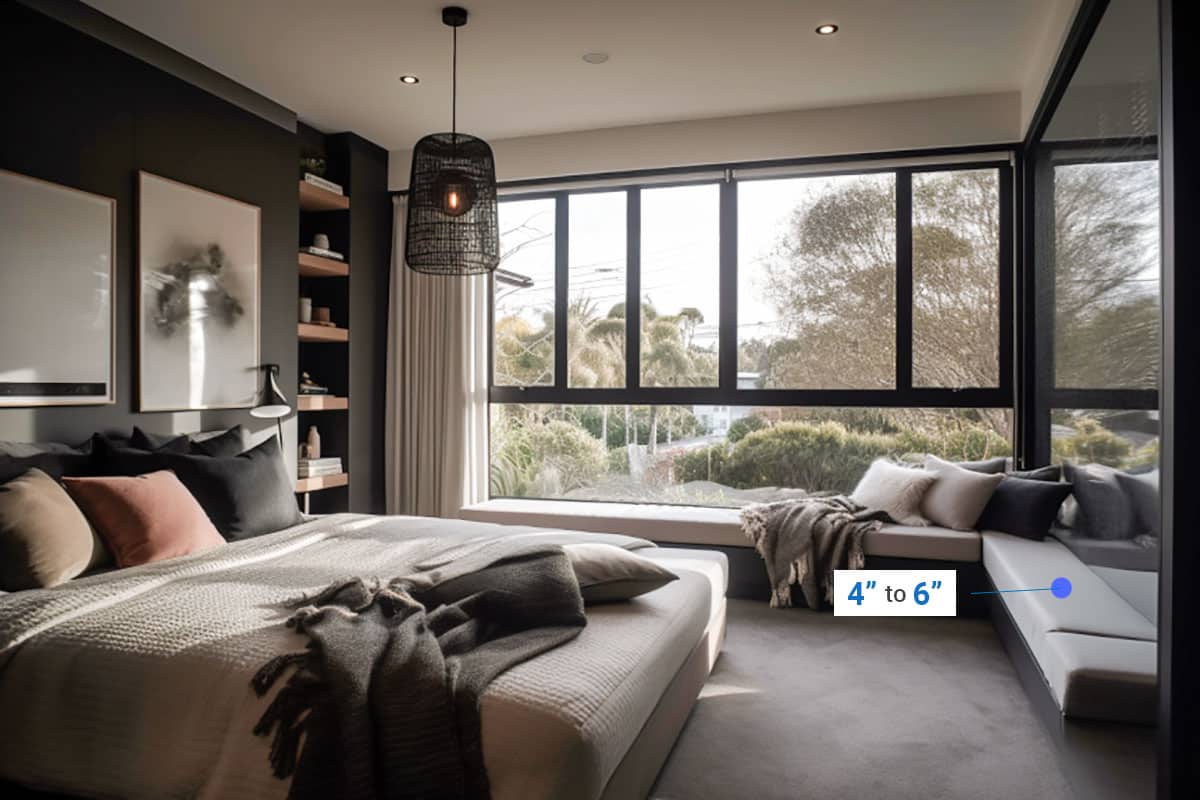
Window seat cushions range in thickness from 2 to 4 inches (5 to 10 centimeters), although everything depends on the upholstery padding’s inherent characteristics. Some feature high-density foam, while others have loose filling.
Heavyweight individuals might want a 4-inch-thick cushion to help prevent the lower spine from hitting the bench’s hard surface. Lightweight folks can pick a thinner cushion. Two inches should be sufficient, although homeowners must determine the average weight of household members.
See more related content on our gallery of relaxing window seats on this page.

